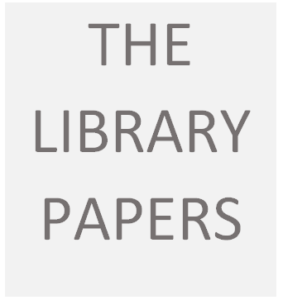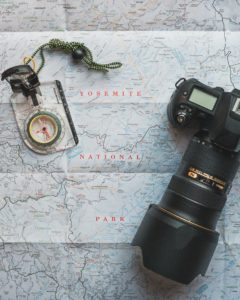1.1 In Which I Set Forth . . .
. . . my Learning Path for this Course
The new curriculum anticipates that teachers will adopt new teaching methods and there is a strong expectation that those methods will incorporate educational technology of some kind. Given that this combined mandate is a complex task, it will be difficult (if not impossible) for any one person to master all of it, and thus a teacher-librarian will be an invaluable resource for other teachers in finding their way through it. It seems to me that one of the best ways TLs can support teachers will be with assistance in the area of instructional design.
I didn’t find a definition of ‘instructional design’ in the readings, so I have taken the following definition from the University of Michigan.edu website, circa 1996 (where they attribute the original version to Penn State University) (they give several definitions, but I am using the first, most relevant one):
Definition: Instructional Design as a Process
Instructional Design is the systematic development of instructional specifications using learning and instructional theory to ensure the quality of instruction. It is the entire process of analysis of learning needs and goals and the development of a delivery system to meet those needs. It includes development of instructional materials and activities; and tryout and evaluation of all instruction and learner activities. http://www.umich.edu/~ed626/define.html
I am taking this definition to include the use of educational technology, and my inquiry question is, “How can instructional design incorporate both face-to-face and online components to facilitate effective and engaging learning experiences for learners?”
This question relates to the roles of the TL as outlined in the ‘Leading Learning’ document in regard to ‘cultivating effective instructional design to co-plan, teach and assess learning, ‘facilitating collaborative engagement to cultivate and empower a community of learners,’ and ‘fostering literacies to empower life-long learners,’
More specifically, this question relates to my developing ability to collaborate with teachers to help their students become familiar with digital authoring tools, blend formal and informal learning, access networks of affinity groups, increase their critical literacy skills, address the digital divide, and in the course of this inquiry, possibly touch on how to foster vibrant Makerspaces. I think these are all areas where a TL can bring skills to bear in order to support both the teachers and the learners.
When I write it out like this, it sounds like a very large, not well-defined topic. And yet I suspect that these ideas will turn out to be connected somehow, and that insight I acquire into one of them could well apply to most of them.
I propose to present my findings on this website, using various formats, since part of what I want to accomplish is to develop fluency in using digital tools like Camtasia, iFrames and other embedded objects, and hosting platforms, to present information (as per my first proposed curation—becoming familiar with digital authoring tools). At this stage in my inquiry, I am thinking I will address one or more of these areas in each of the five prompts, but I would like to leave room to change my focus—maybe some of these areas will turn out to be redundant, or maybe I would like to add a new area, or maybe I would like to focus more extensively on one of them, depending on what I learn as I go.
I am planning to use this website as a space to aggregate all of my work for all the courses I take in this program. Since part of my goal is *effective* instructional design, any feedback on your experience with this site and its organization, appearance, mechanics, is much appreciated.



